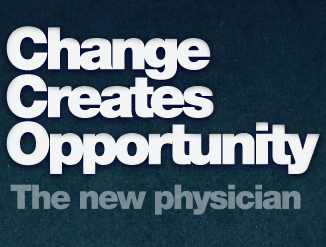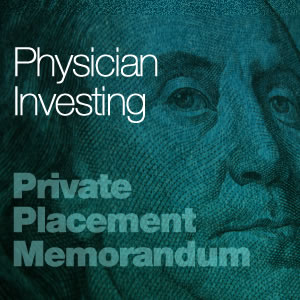What Can Mobile Health Learn From Mobile Commerce?
 Mobile health is the next wave. We should learn from Ikea.
Mobile health is the next wave. We should learn from Ikea.
Consultants at Booze recently released a report on the growth of mobile commerce, m-commerce. http://www.strategy-business.com/article/00053?pg=3 Retailers are creating imaginative ways for shoppers to have a better shopping experience and, in so doing, drive sales. IKEA. the furniture giant, allows customers to first create a virtual model of the room they are buying furniture for, by entering the dimensions, and then load 3-D models of items to see how well the pieces fit. Mobile health, mHealth, is following the same pathway and could learn a thing or two from m-commerce merchants.
The report mentions that m-commerce numbers will surely grow rapidly, if only because the penetration of smartphones (a category that includes the iPhone, Android, BlackBerry, and others) is expected to increase from 17 percent in the U.S. and 15 percent in the E.U. today to 74 percent and 43 percent, respectively, by 2014. By 2013, as many as half the consumers in a typical retail store will use their smartphones for shopping.
Likewise, more and more patients will use their phones to access and experience healthcare. Imagine your patient tweeting their friends in real time about what they've experienced in the PACU.
Or, sending cell phone images of reception areas, birthing suites and even their doctors. Booz found that conversion rates (turning browsing into sales) increase by as much as 240 percent when consumers view ratings and reviews while shopping. The same will happen in healthcare.
The objective of m-health products and services are the same as they are for m-commerce: to improve the customer/patient experience, to provide information, to make it easier to access and use your products and to create loyalty.
In a short time, we've gone from Sears catalogues, a game changer in its time, to mcommerce. Mhealth will follow.
 Email This Article |
Email This Article |  Dec 14, 11:08 AM
Dec 14, 11:08 AM 










